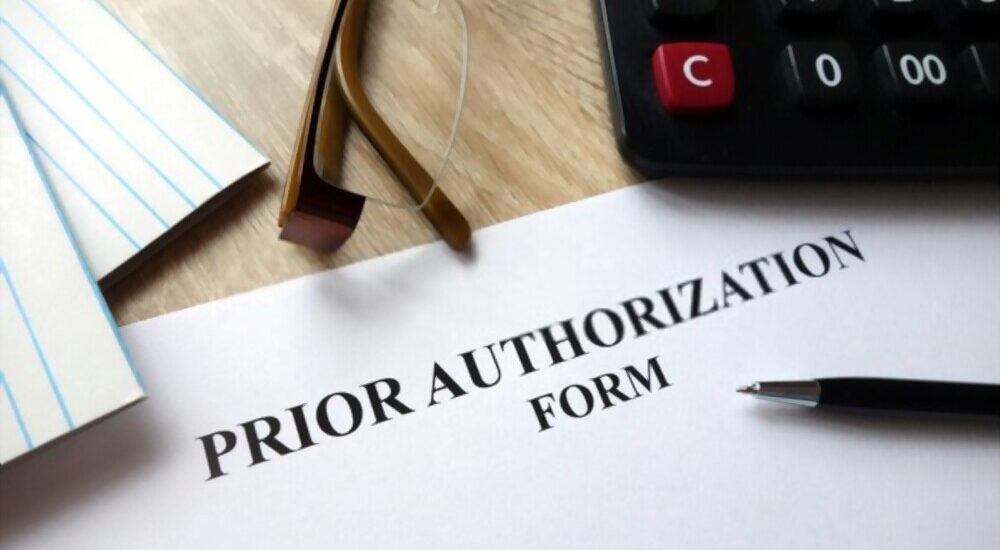- October 7, 2022
- Posted by: Thomas Anderson
- Category: Prior Authorization

The Challenges of Prior Authorization
Frequently cited as one of the major reasons for causing delays in patient care, and also infamous for causing frequent burnouts among staff members engaged in the process, Prior Authorization is a notorious disruptor of clinician processes. It is among the most labor and resource-intensive components of the entire billing cycle, requiring long hours of dedicated work for the best outcome. And yet, it is a crucial step for ensuring that a prescribed drug or service will be covered by the patient’s Health Plan.
It all starts with the provider typically asking if a prospective prescription would require Prior Authorization. This is a justified concern since failure to obtain a required prior auth would typically result in denial of payment. It should also be remembered in this context that every provider should have an updated list of procedures, medication and DME that require prior authorization, for each payer. And of course, essential aspects of the process need to be monitored closely and all requisite information need to be kept handy, such as keeping track of the various processes, payer portals, fax numbers, passwords and all the other nonclinical details required to submit a Prior Authorization request.
Using Technology To Reduce Burden
Prior auths, as have been mentioned above, can eat into a large part of your staff’s time. In a typical scenario, a practice that is more procedure-oriented (like surgery or GI), will be in greater need to have a full-time staff member to handle all prior auth tasks. This can place a significant financial burden on the practice. It can also put high stress on the personnel involved.
With the aim to reduce undue stress on billing personnel, and also make the process faster and more accurate, e-authorization standards are being implemented in larger measures across the healthcare sector. Traditional methods involve plenty of paperwork, multiple calls and long wait times, and tedious follow-ups.
Attaching proof of medical necessity is an important aspect of the entire process. In a conventional setup, the clinical information of a patient is in the HER and it needs to be extracted and sent with the request. It often happens, the information sent is insufficient, and a lengthy process of sending additional documents and missing information ensues, further delaying the process. E-authorization, on the other hand, eliminates many of these hassles.
